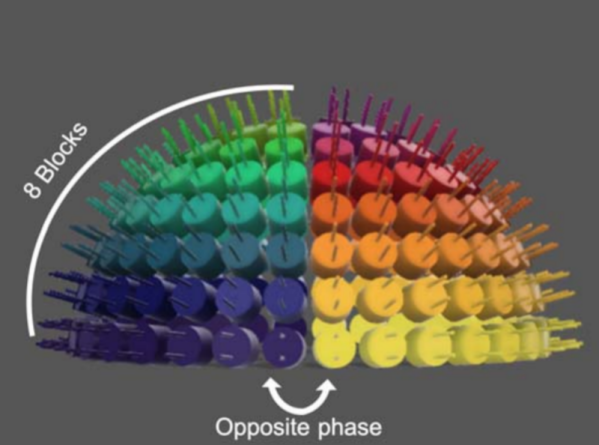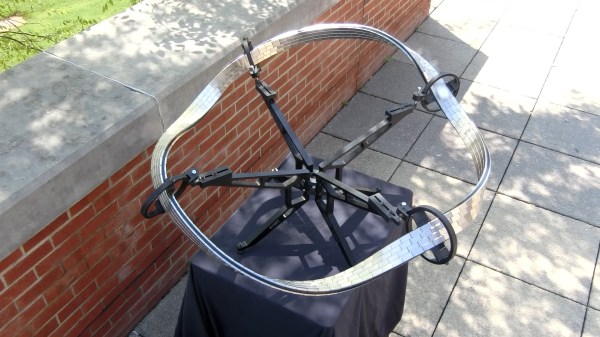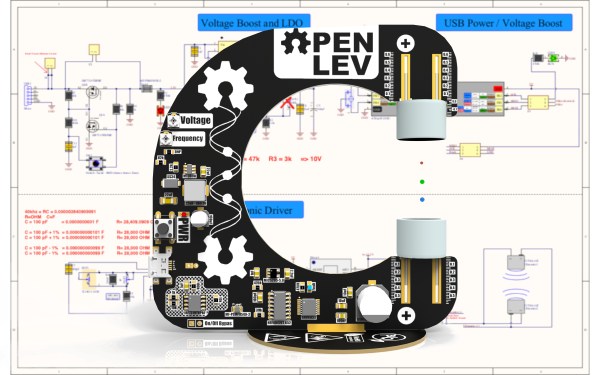Levitation may seem like magic. However, for certain objects, and in certain conditions, it’s actually a solved technology. If you want to move small particles around or do experiments with ultrasonic haptic feedback, you might find SonicSurface to be a useful platform for experimentation.
The build comes to us from [UpnaLab], and is no small feat of engineering. It packs in 256 ultrasonic emitters in a 16×16 grid, with individual phase control across the entire panel. This allows for the generation of complex ultrasonic wave fields over the SonicSurface board. Two boards can be paired together in a vertically opposed configuration, too. This allows the levitation of tiny particles in 3D space.
As you might expect, an FPGA is pressed into service to handle the heavy lifting – in this case, an Altera CoreEP4CE6. Commands are sent to the SonicSurface by a USB-to-serial connection from an attached PC.
The board is largely limited to the levitation of small spherical pieces of foam, with the ultrasonic field levitating them in midair. However, the project video shows how these tiny pieces of foam can be attached to threads, tapes, and other objects in order to manipulate them with the ultrasonic array.
It may not be a simple project, but it serves as a great basis for your own levitation experiments. Of course, if you want to start smaller, that’s fine too. If you come up with any great levitation breakthroughs of your own, be sure to let us know.







 We’ve seen 3D image projection tried in a variety of different ways, but this is a new one to us. This volumetric display by Interact Lab of the University of Sussex
We’ve seen 3D image projection tried in a variety of different ways, but this is a new one to us. This volumetric display by Interact Lab of the University of Sussex 









